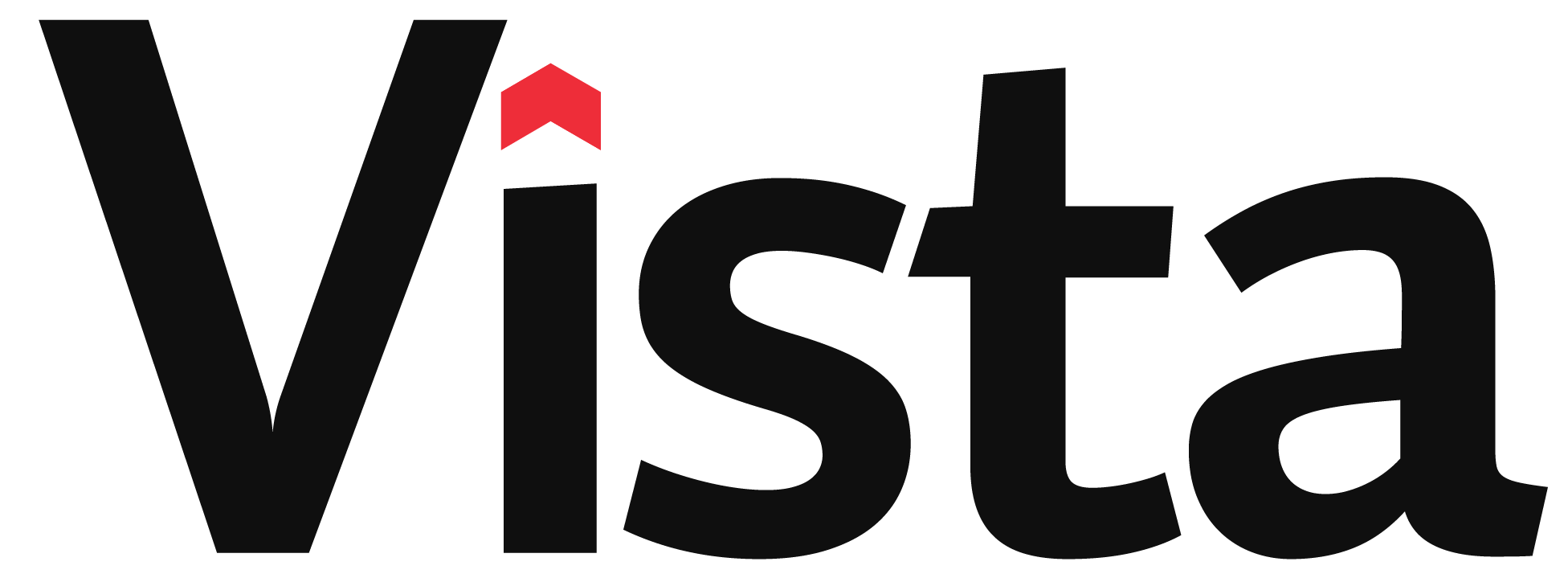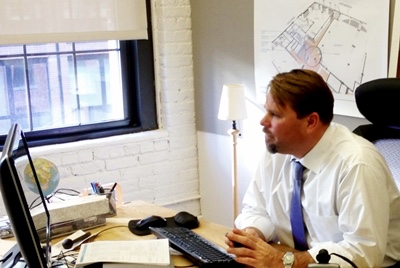The Success of Chelsea Market
1.5 min read
"Wow! Home run." That's how Atlanta real estate veteran Bob Ward of Colliers International described the sale of New York City's Chelsea Market to Google for a $2.4 billion price tag. It's a home run in the real estate market and it's a home run for placemaking and placebranding.
How was Jamestown (the same developer of Atlanta's Ponce City Market) able to snag $1,600 per square foot last month for Chelsea Market? We believe it comes down to three things:
- Courageous leadership
- Location & amenities
- Market conditions
Jamestown was creative. And creativity takes courage. They didn’t shy away from the risk, or listen to the naysayers. Jamestown bought out its partners in the building for $225 million in 2011 and continued to develop the former Nabisco facility in New York's meatpacking district. Through courageous, highly differentiated placemaking and placebranding, it established Chelsea Market as a destination with a clear sense of place and an atmosphere of attraction for people to work and play.
Michael Phillips, CEO of Jamestown
Workers of today, especially Millennials, want an urban work environment that is open, creative, flexible, and accessible, with coffee shops and unique eateries. They want shared spaces that cultivate unexpected collisions. Chelsea Market harnessed all of these amenities and with the addition of the High Line in 2009, it was poised as a seriously attractive space and destination for working and socializing. "The architecture has more of a hospitality feel to it. That's what Chelsea is all about—it's the full experience, it's not just a workplace. It's a good place to hang out," Ward says.
The energy of retail and restaurants at Chelsea Market. Does this look like part of a workplace?
Market conditions also lined up to create this impressive sale. The Googles, Amazons, and Apples of the world are scooping up urban real estate in hip neighborhoods so they can attract and retain top talent. Suburban campuses have been replaced with urban ones. According to Ward, "It's all about creating the right environment where people want to go and want to be." As Google had already established their New York headquarters in a 2.9 million square foot building across the street, Chelsea Market became the perfect space to grow and expand their urban campus.
Chelsea Market
Placemaking is all about creating spaces that are attractive and fit the needs of the intended citizens, and placebranding is about communicating the narrative to those people. Jamestown, by dreaming big and executing long-term, created not only an exceptional “place”, but a “place brand” that attracts thousands daily. And in doing so, attracted a big payday for their investment in courage and creativity.




